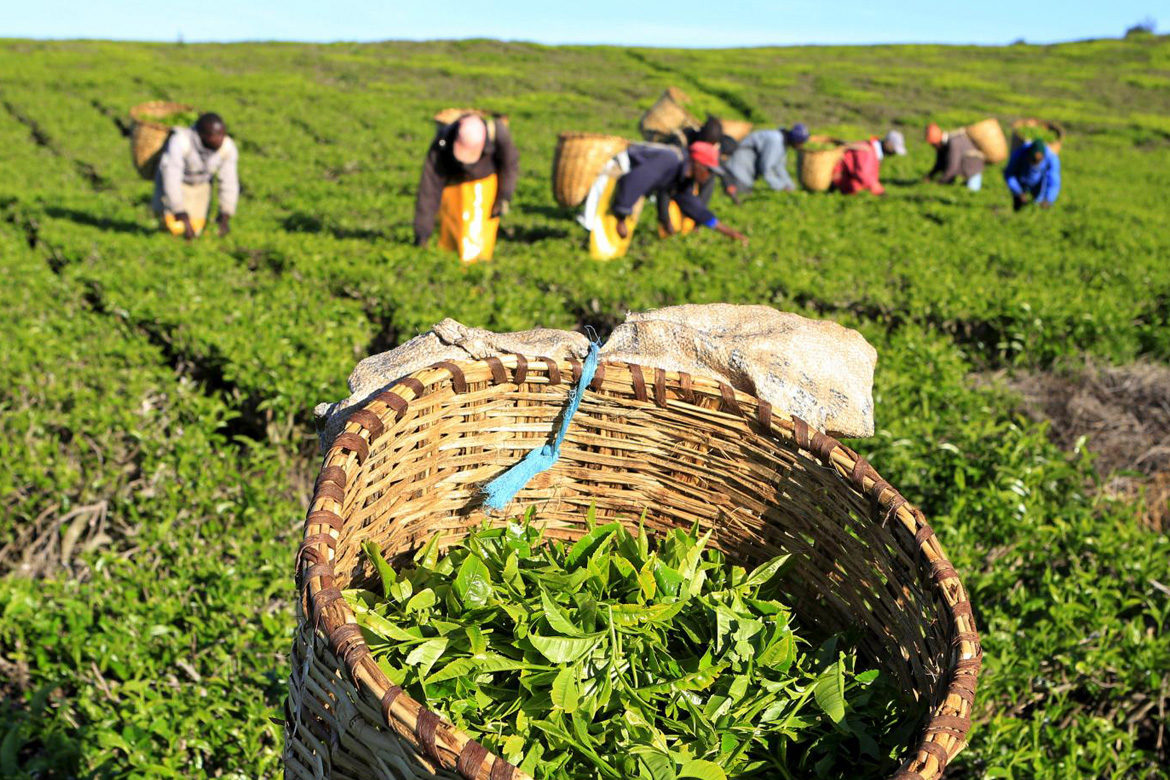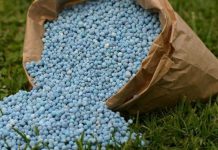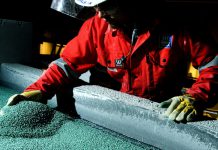AfricaPress-Tanzania: Tea production is excepted to rise by over 40 per cent to 40,000,000kg in 2020/21 season, thanks to good weather patterns.
The Tea Board of Tanzania (TBT) said in the last season 2019/20 that they managed to collect 28,000,000kg, which was 20 per cent short of projection due to poor weather.
TTB said the plan was to harvest 60,000,000kg in 2024/25 and this season expectation drives home the board’s ambition.
TTB Director-General Nicholaus Mauya said the tea industry objective was to see the production of tea crops in the country increase from 35,000,000kg to 60,000,000kg in 2024/25.
“We have been working with various stakeholders, including Tanzania Fertiliser Regulatory Authority (TFRA) to ensure that smallholder farmers get access to affordable fertilisers to boost production,” Mr Mauya said recently.
He also said there were various efforts to encourage smallholder farmers to join cooperative unions and currently about 95 per cent of these farmers had joined associations.
Implementing strategies to reach 60,000,000kg, they have set various activities, including reviving abandoned old farms that will help production, also expand existing tea plantations, for example, in Njombe and also to increase seedlings in open areas of tea plantations.
He added that for 2018/19 they were able to produce about 37,000,000kg, where the target was to produce 35,000,000kg in 2019/20 they set the target to produce 38,000,000kg, but due to the weather challenge they were able to produce 28,000,000kg, which was 80 per cent of the target.
The tea produced area is 23,805.55 hectares where smallholder farmers produce 40 per cent from about 11,500 hectares and large-scale farmers have 12,300 hectares with high output.
Mr Mauya mentioned some of the challenges affecting the implementation of tea production in the country, including climate change and also the existence of some poor infrastructure especially roads, where during the rainy season trucks spent hours to transport tea leaves from farms to factories.
Another challenge was access to the local market. This was due to the existence of some poor quality tea, as such, he advised tea consumers to use locally produced tea.
Tea is mainly produced in Iringa, Mbeya and Njombe harvesting approximately 70 per cent of the total output in the country. Others are Tanga, Kagera and Mara regions.





